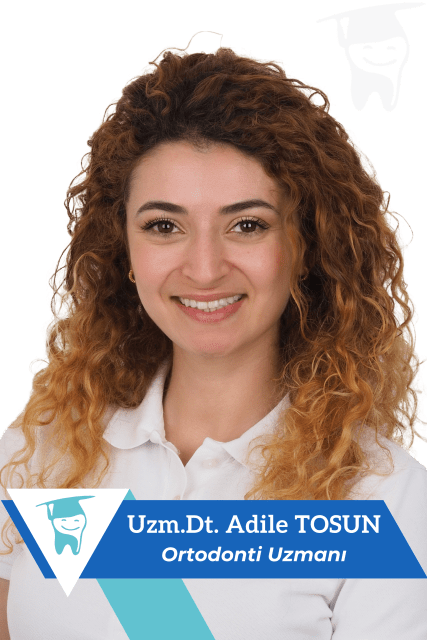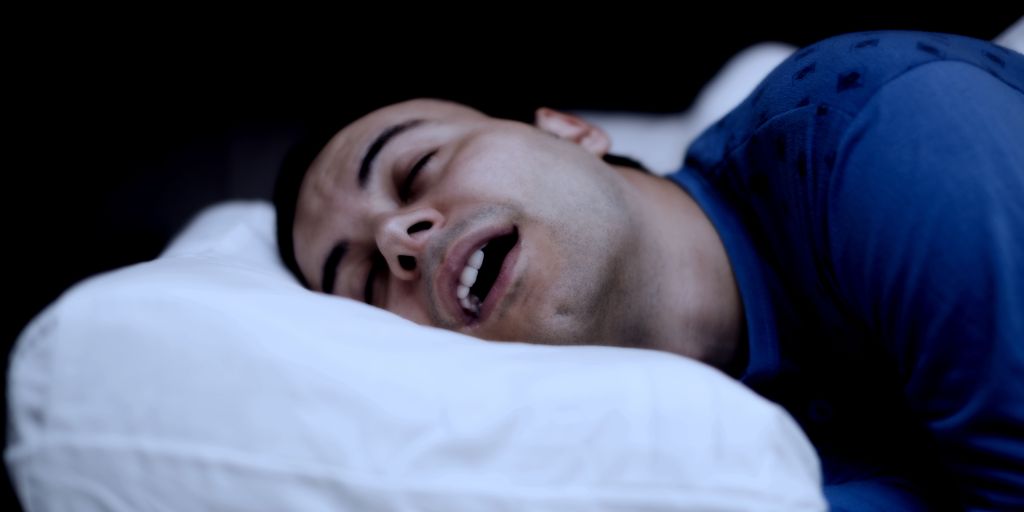
Snoring and Sleep Apnea

What is Snoring and Sleep Apnea?
A common sleep disorder called sleep apnea is characterized by pauses in breathing while you sleep. The most common type, obstructive sleep apnea (OSA), occurs when the throat muscles relax and block the airway and stop breathing. Snoring, on the other hand, is a loud, vibrating sound that occurs when your airway is partially blocked during sleep.
While not all snorers have sleep apnea, many do. Many health problems such as daytime fatigue, headaches, high blood pressure and even an increased risk of heart disease can result from these sleep-related illnesses.
The Connection of Dentistry with Snoring and Sleep Apnea
Because of their knowledge of oral anatomy and regular examination of patients' airways during regular dental checkups, dentists are particularly proficient in identifying the symptoms of sleep apnea and snoring. Early diagnosis can be made by recognizing potential risk factors that may contribute to sleep-related breathing difficulties, such as swollen tonsils, a large tongue, or a small palate.
Dental Examination for Snoring and Sleep Apnea
Signs of snoring or sleep apnea may be discovered during a thorough dental exam. During this evaluation, your oral cavity, throat, and neck will be examined, and your dentist will also ask you if you have potential sleep-related problems. If your dentist has reason to believe you may have sleep apnea, they will likely refer you to a sleep specialist for additional evaluation, such as a sleep test.
The Role of Dentistry in Snoring Treatments
Dentists can offer a variety of treatments for snoring relief, depending on how severe your disease is. Frequently performed dental procedures include:
- Anti-snoring appliance: Custom-made mandibular advancement appliances and tongue-blocking palates can help realign your jaw or tongue while you sleep, preventing airway contraction and relieving the symptoms of snoring and sleep apnea.
- Orthodontic Treatment: Orthodontic procedures can help correct malocclusions or thin palate that can lead to airway obstruction. Examples of orthodontic treatment include braces or palatal expanders. These procedures can reduce snoring symptoms by improving the alignment of your teeth and jaw.
- Orthognathic Jaw Surgery: Sometimes surgical procedures are required to resolve anatomical problems that cause sleep apnea or snoring. Tongue root advancement, lower jaw advancement and treatments such as soft palate plasty can help widen the airway and reduce the chance of interrupted breathing while you sleep.
The Value of Collaboration between Dentistry and Medical Specialties
Dentists are very important in the early diagnosis and treatment of snoring and sleep apnea. However, collaboration with medical professionals such as otolaryngologists and sleep doctors is crucial to ensure patients receive comprehensive treatment. Together, healthcare professionals can create a unique treatment plan for each patient that will help them manage their sleep-related issues and improve their overall health.

Frequently Asked Questions About Snoring
Is there a definitive solution to snoring?
It is difficult to give a definitive solution to snoring, because snoring is a condition that depends on many factors. Even if the airway is relieved with surgical interventions, snoring may start again if weight gain is not taken into account. Or, various respiratory disorders can cause sleep apnea to occur again.
Does the stenosis of the jaw make a snoring sound?
Snoring may occur due to the soft palate being more drooping than normal or the airway being narrow. The most important factors that narrow the airway and make it difficult to breathe are lower jaw retraction or upper jaw stenosis. These conditions should be examined by an orthodontist.
Is sleep apnea treatment permanent?
Sleep apnea treatment can be done in many different ways, but its permanence depends on the person's correcting his life habits. Conditions such as excessive weight gain, tobacco products, alcohol, unbalanced diet, poor oral hygiene can cause sleep apnea to recur at any time.
